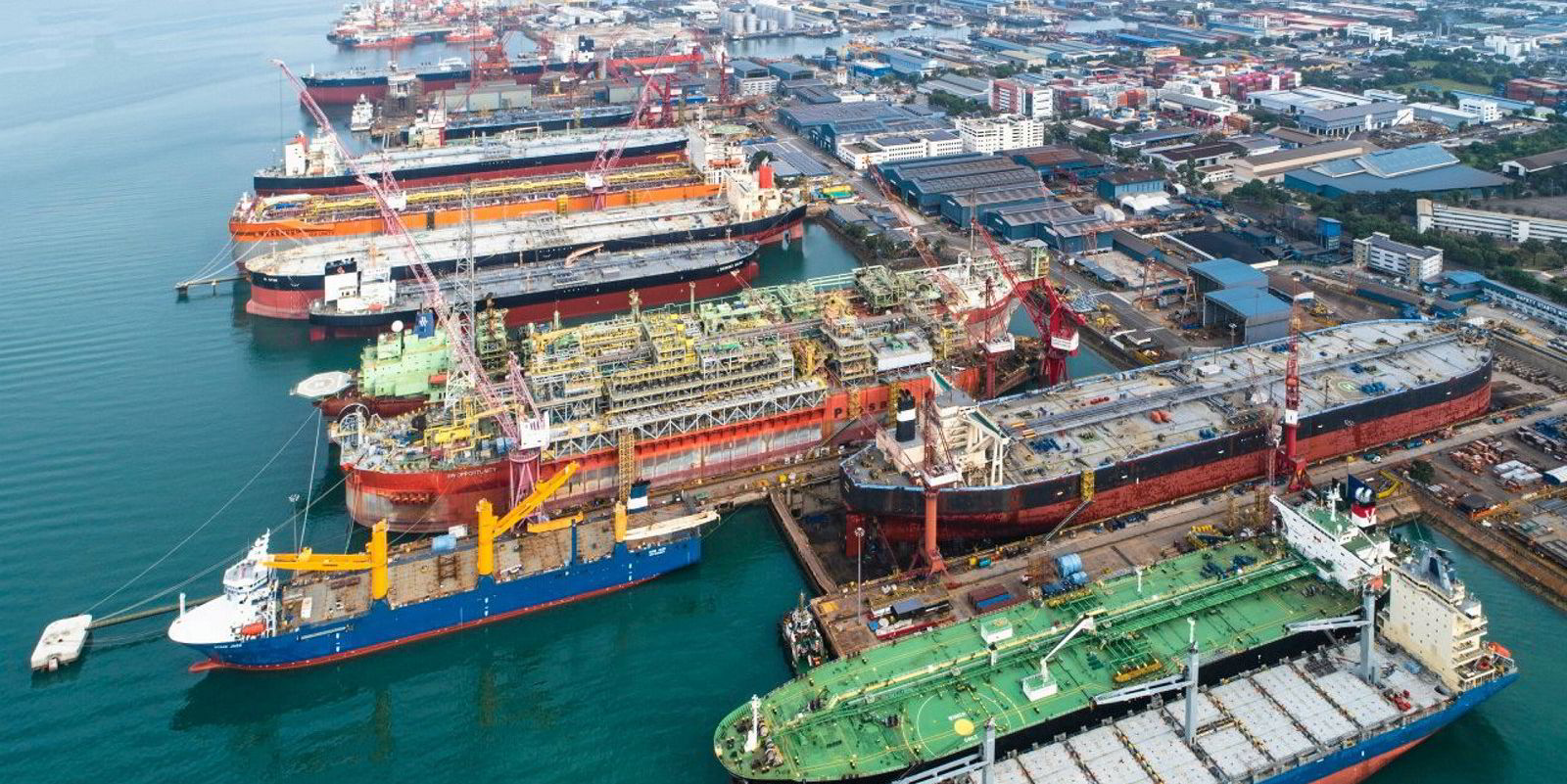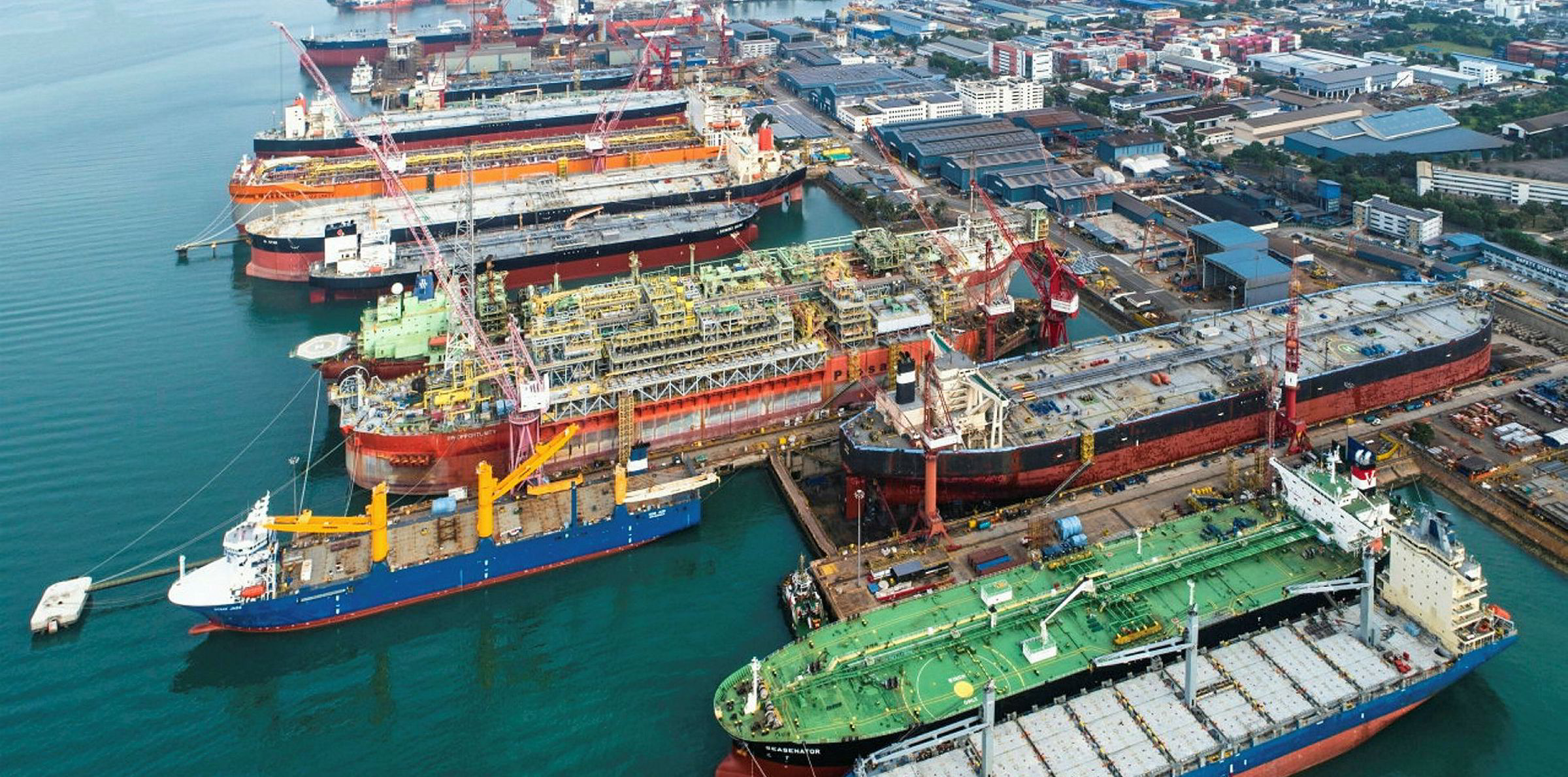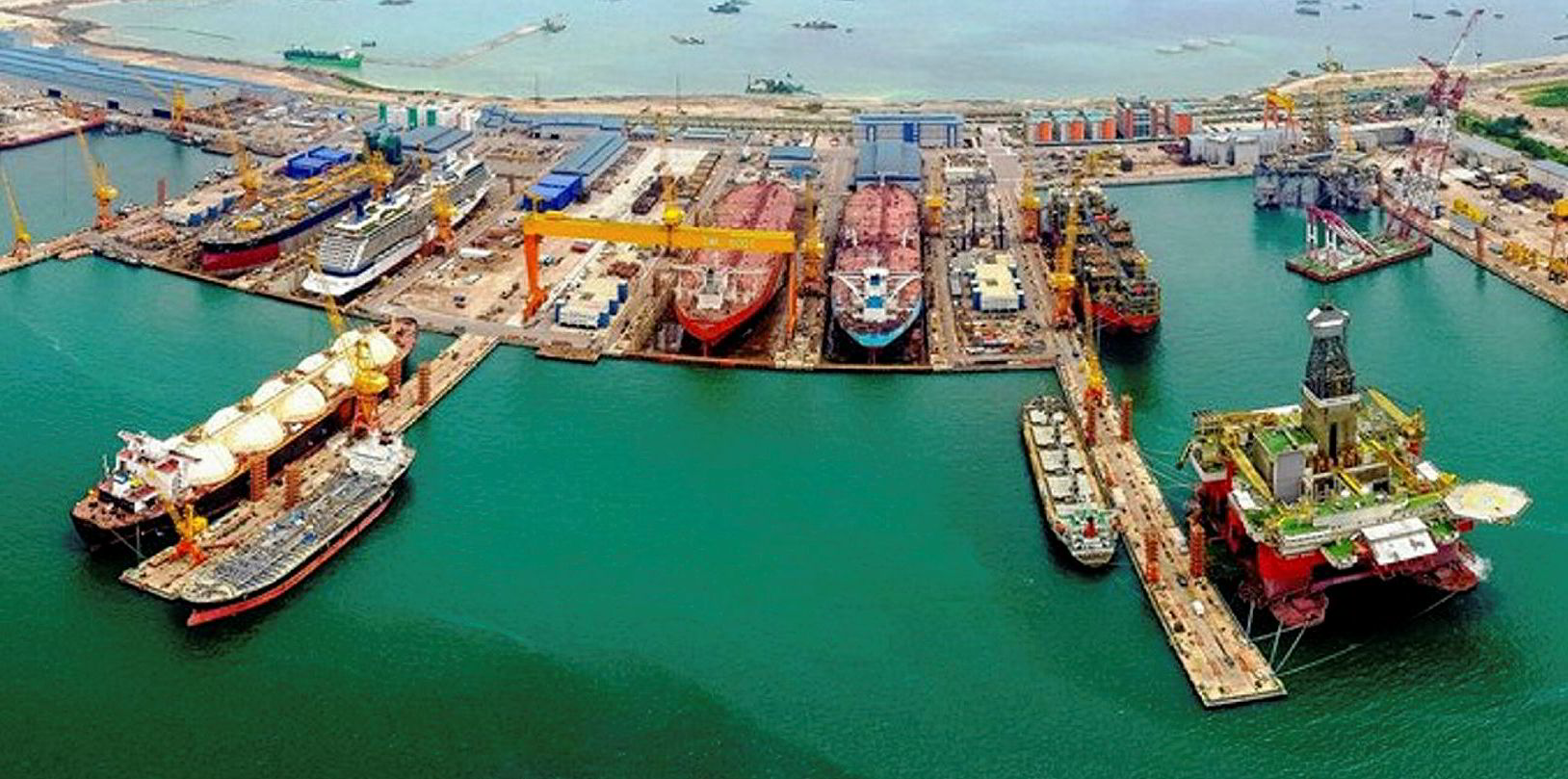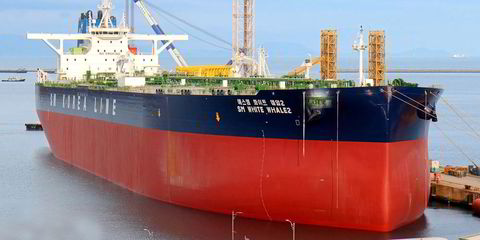Keppel Offshore & Marine, one of the world’s largest rig builders and repair yard groups, plans to exit offshore rig building and low-value adding ship repairs as part of a major restructuring designed to return it to profitability.
Loh Chin Hua, chief executive of parent Keppel Corp, revealed on Thursday that an “organic restructuring” was being put into place that would “create a nimble industry leader that is well-positioned for the global energy transition”.
Loh blamed Covid-19’s severe impact on Keppel O&M for the SGD 506m ($380m) full-year 2020 loss Keppel Corp reported on Thursday.
Describing 2020 as a “tumultuous year”, Loh said Keppel Corp would have recorded a net profit of SGD 446m if not for the impairments of SGD 952m recorded in the second quarter by Keppel O&M.
Amid the general weakness in the offshore shipbuilding industry due to a weak oil price, Keppel O&M recorded impairments of SGD 431m for contract assets and SGD 179m for doubtful debt during the second quarter.
“Despite the impact of Covid-19, all key business units in the group remained profitable, except for Keppel O&M, which had been severely affected by the pandemic and the fall in global demand for oil,” Loh said.
Outlining the future of Keppel O&M, Loh said the main goal of the restructuring is to transform it into a more competitive, asset-light and people-light company “focused on seizing higher value-adding opportunities as a developer and integrator of offshore energy and infrastructure assets”.
Spliced and diced
The restructuring will see Keppel O&M divided into three parts.
The main unit will be an operating company that will be transformed into an “asset-light and people-light developer and integrator of offshore energy and infrastructure assets”.
Described as having a healthy balance sheet and undistracted by its stranded rig assets, the operating company, which has a “strong” net orderbook of SGD 3.3bn, 82% of which is renewables and gas solutions, will focus on higher value-adding design, engineering and procurement work, leaving fabrication work subcontracted to third parties.
It will “seize opportunities in the energy transition”, and is expected to be self-sustaining, financially independent and profitable over time.
At the same time, Keppel O&M will exit the offshore rig building business, after completing the existing units under construction.
It will not undertake any new project requiring large upfront capital expenditure or without milestone payments.
Two separate transient entities will be created to hold legacy completed and uncompleted rig assets worth SGD 2.9bn.
A development company, which will be provided with net funding of SGD 500m, will focus on completing rigs under construction, prioritising projects with firm contracts.
Once completed, the rigs will be handed over to customers or transferred to a separate rig company that will put them to work or sell them.
The rig company will work with Keppel Capital to seek funding from external investors when the market improves. It will be self-sustaining with minimal funding required, and could be monetised or spun off when cashflow generative.
Keppel O&M will also progressively exit low value-adding ship repairs and other activities deemed to have “low bottom line contribution”.
“The restructuring will ring-fence Keppel O&M’s non-core rig assets, contain any further capital outflow beyond the initial funding, and work towards resolving this legacy issue,” Loh said.
“We are also exploring inorganic options for the O&M business, but there is no assurance that any transaction will materialise. In the meantime, we believe that our organic restructuring of Keppel O&M will not only enhance its competitiveness, but also its attractiveness, if we were to undertake any inorganic action.”
Singapore struggles
Keppel Corp, like its compatriot Sembcorp Marine, has increasingly faced stiff competition in the rig, conversion and specialised shipbuilding sectors from China and elsewhere.
Both have been hard-hit by the significant drop in offshore activity since the onset of the coronavirus, and both have struggled to turn a profit for some time.
Last August, Sembcorp Marine’s shareholders approved its plan for a SGD 2.1bn recapitalisation and demerger from parent company Sembcorp Industries, the end result of which could be state-backed Temasek Holdings becoming its major shareholder.
Sembcorp Marine’s plan ended long-running speculation it would be merged with Keppel O&M.








